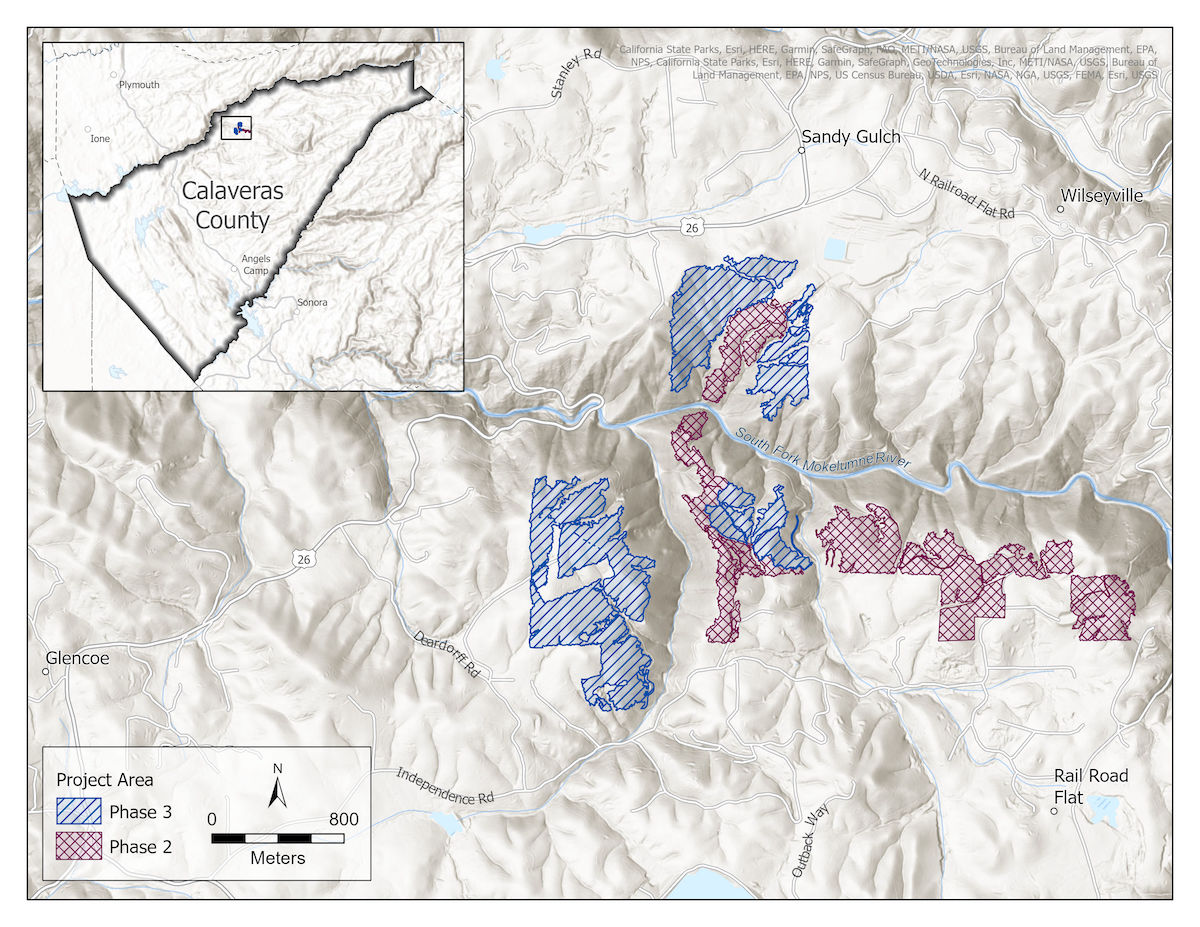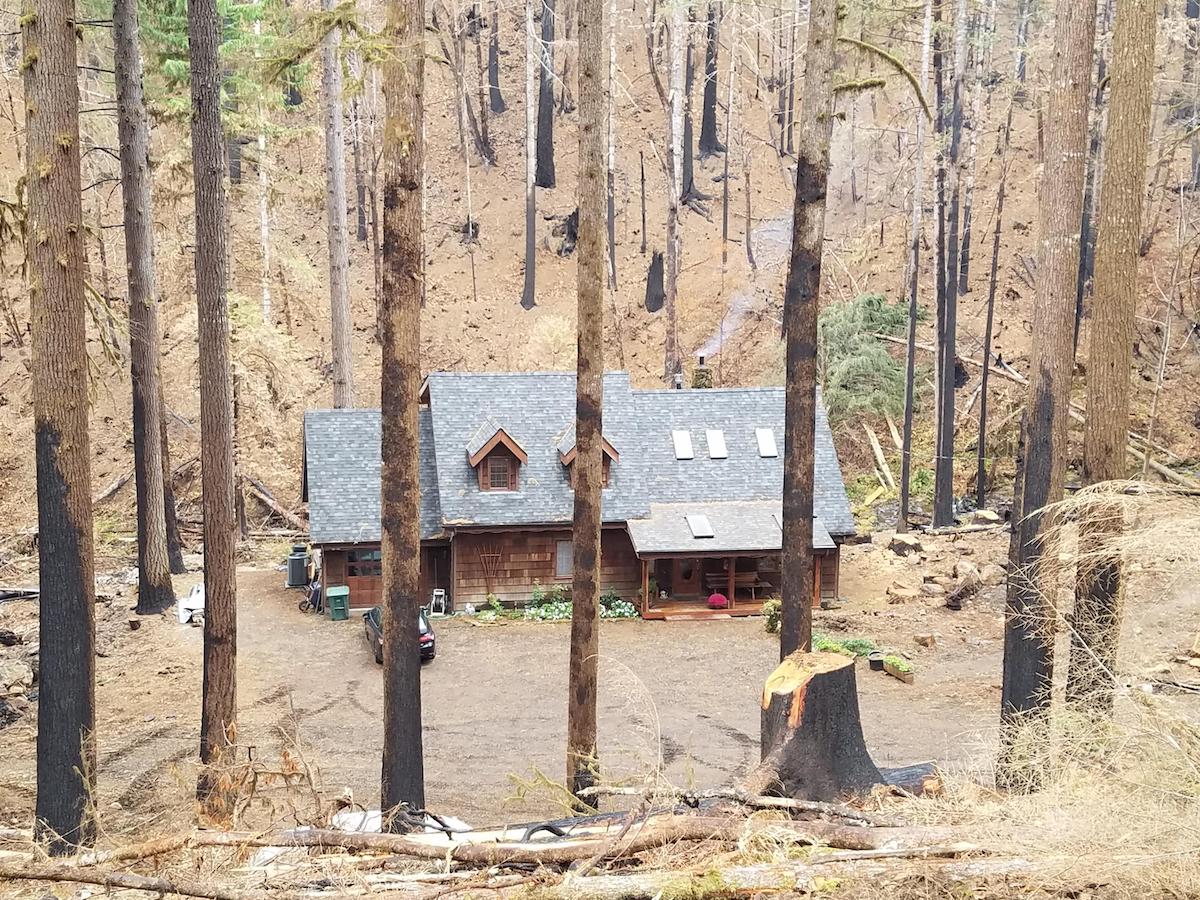CDPH Publishes Air Pollution Health Burden Mapping Dashboard

CDPH Publishes California Wildfire Smoke and Air Pollution Health Burden Mapping Dashboard
California Department of Public Health’s dashboard shows the health burden related to air pollution and wildfire smoke. By mapping excess respiratory or cardiovascular-related emergency room visits, the dashboard allows users to visualize the burden in any zip code, as well as how the burden is distributed among races and ages, and proximity to medical facilities, schools, historical wildfires and Air Quality readings. The dashboard is based on data in the publication, Wildfires and the Changing Landscape of Air Pollution-related Health Burden in California. The dashboard was supported in part by a grant from the CAL FIRE’s Forest Health Research Program, as part of California Climate Investments.
Expert Roundtable on Wildfire and Forest Resilience

Expert Roundtable on Wildfire and Forest Resilience
Exacerbated by climate change, the increasing frequency and scale of wildfires have devastated communities and ecosystems around the world, while releasing vast quantities of carbon into the atmosphere.
In the face of these accelerating challenges, calls for climate-smart management of natural lands have grown louder among policymakers, experts, and stakeholders. Government and civil society programs have begun investing in forest resilience and nature-based solutions to deliver on mitigation and adaptation goals, working with Indigenous partners whose knowledge and experience are vital.
Recognizing the need to bring together interdisciplinary, international coalitions to advance wildfire prevention, mitigation, and response, Prime Minister Trudeau and Governor Newsom committed their respective governments to hosting a roundtable on wildfire and forest resilience within their broader Climate Action and Nature Protection Partnership which they announced in June. By bringing together officials, academics, industry and civil society at UN Climate Week, this event delivers on that vision. By convening thought leaders to discuss our collective challenges, Canada and California hope to discuss collective challenges and chart next steps.
RESOURCES
US Forest Service Response
Governor Newsom’s Recap of Climate Week 2022
Wildfire-Safety Work Completed in South Fork Mokelumne Watershed

Wildfire-Safety Work Completed in South Fork Mokelumne Watershed
One year after the 2015 Butte Fire destroyed nearly 500 residences nearby, CAL FIRE identified the South Fork Mokelumne River watershed as a top priority for fuels reduction in order to protect communities from future wildfires. With the recent completion of the South Fork Mokelumne River Watershed Restoration Project Phase 3, many of those wildfire worries have, fortunately, been doused.
Funded by the Sierra Nevada Conservancy (SNC) in 2019, Phase 3 removed small-diameter trees and ladder fuels on 285 acres of dense, pine-plantation forests managed by the Bureau of Land Management (BLM), completing the project’s goal of restoring roughly 500 acres of forest. Considering the project area borders many neighborhoods and is surrounded by nearby towns, such as Glencoe, Sandy Gulch, Rail Road Flat, and Wilseyville, this strategic work should greatly reduce the threat of wildfire for thousands of Calaveras County residents.
Preparing to Apply for Community Wildfire Defense Grants

Preparing to Apply for Community Wildfire Defense Grants
The Wildfire and Forest Resilience Action Plan calls for increasing assistance programs and partnerships to help local communities reduce risk, improve preparedness and foster resilience.
The Fire Adapted Communities Network and Headwaters Economics have created a primer designed to help communities navigate the U.S. Forest Service’s recently launched a Community Wildfire Defense Grant (CWDG) Program.
RESOURCES
California Fire Safe Council: Community Wildfire Protection Plans
USFS Wildfire Defense Grants
Wildland Urban Interface: A Look at Issues and Resolutions

Wildland Urban Interface: A Look at Issues and Resolutions
A report of recommendations for elected officials, policy makers and all levels of government, tribal and response agencies. (June 7, 2022) Report sponsored by FEMA and the U.S. Fire Administration.
RESOURCES
Administration Announces $1 Billion in Community Wildfire Defense Grants

Biden-Harris Administration Announces $1 Billion in Community Wildfire Defense Grants from Bipartisan Infrastructure Law
On July 26, Agriculture Secretary Tom Vilsack launched a new $1 billion Community Wildfire Defense Grant Program. Under this new, five-year, competitive program funded by the Bipartisan Infrastructure Law individual grants of up to $250,000 will be awarded to create and update community wildfire protection plans or conduct outreach and education, and grants of up to $10 million will be awarded for associated infrastructure and resilience projects. Applications will be available soon. Local and Tribal governments are encouraged to conduct planning exercises to assist their communities with wildfire preparedness, response and adaptation efforts.
Community Wildfire Preparedness and Mitigation Division

Community Wildfire Preparedness and Mitigation Division
The Office of the State Fire Marshal’s Community Wildfire Preparedness and Mitigation Division works with federal, state, and local agencies, Native American tribes, non-profit entities, and other stakeholders to prepare California communities against the devastating effects of wildfire. The various programs within the division allow CAL FIRE to continue to build local and regional capacity, as well as developing, prioritizing, and implementing strategies and projects that create wildfire prepared communities. The tasks involve working with stakeholders on wildfire planning to reduce or eliminate fire hazards and risks, modifying the environment by removing or reducing receptive fuels, conducting fire hazard compliance inspections, and providing education and grant opportunities for wildfire prevention efforts.
RESOURCES
California Incident Data and Statistics Program (CalStats)
CAL FIRE’S Land Use Planning Program
Be Prepared. It’s Wildfire Preparedness Week

Be Prepared. It’s Wildfire Preparedness Week.
Harden Your Home. Create Defensible Space. Be Prepared for Wildfire! CAL FIRE Uses Wildfire Preparedness Week to Share the Message
May 1, 2022 – California’s Wildfire Preparedness Week is May 1 – 7, 2022, and CAL FIRE and its partner agencies are spending the week raising awareness on what individuals and communities can do to help protect themselves against the threat of wildfires. Being proactive and prepared for wildfire is crucial for all Californians in making its communities more resilient to the impacts of wildfire.
Almost half of the state’s largest and most damaging wildfires occurred in 2020 and 2021, and more than 6.8 million acres burned during this time. Lack of rainfall, with above normal temperatures through the spring, will leave fuel moisture levels lower than normal, increasing the potential for wildland fire activity. In 2022, CAL FIRE has already responded to more than 1,400 wildfires, burning more than 6,500 acres on state and federal lands combined.
“California continues to experience longer wildfire seasons as a direct result of climate change,” said Joe Tyler, CAL FIRE Director/Chief. “Minimal rainfall is expected throughout the spring, leaving most of the state in moderate to extreme drought conditions prior to summer.”
This year, Governor Newsom’s proposed budget for CAL FIRE allocates more than $3 billion for fire management, fire prevention, mitigation efforts including prescribed fire and fuel breaks, forest health, and home hardening.
Californians also have an important role in preparing for and preventing wildfires. Thousands of communities depend on smart planning and prevention tools like protective fuel breaks, defensible space, and home hardening for their safety and survival. These tools work together to build more fire-resilient communities. By preparing well in advance of a wildfire and taking steps now to reduce wildfire risks, you can dramatically increase your safety, the safety of your community, and the survivability of your home.

